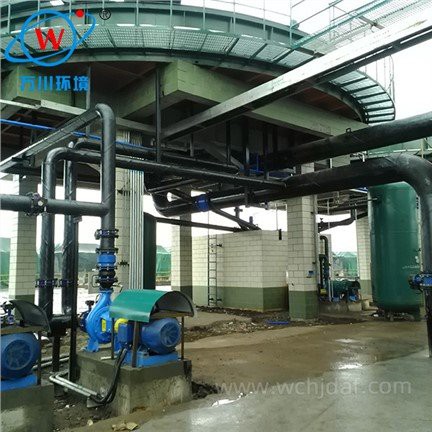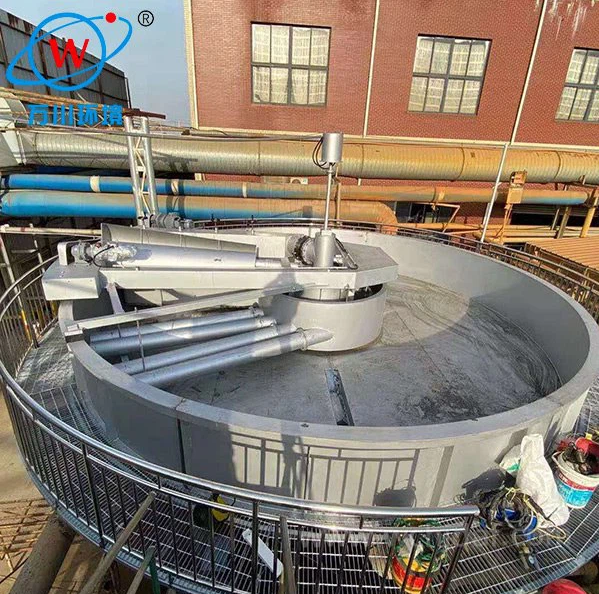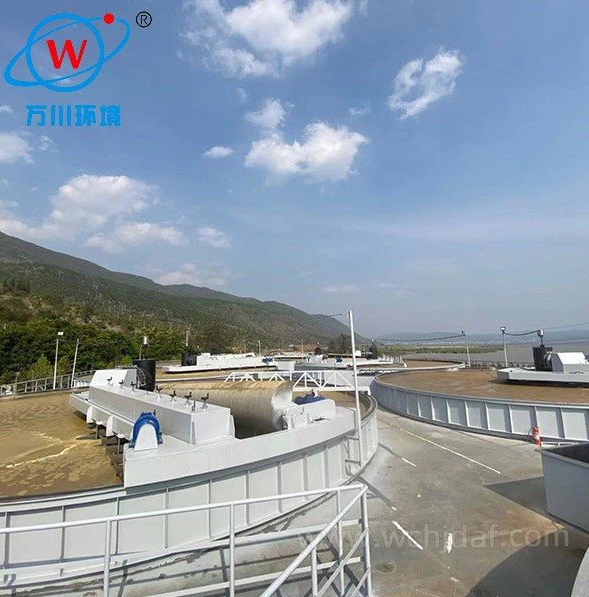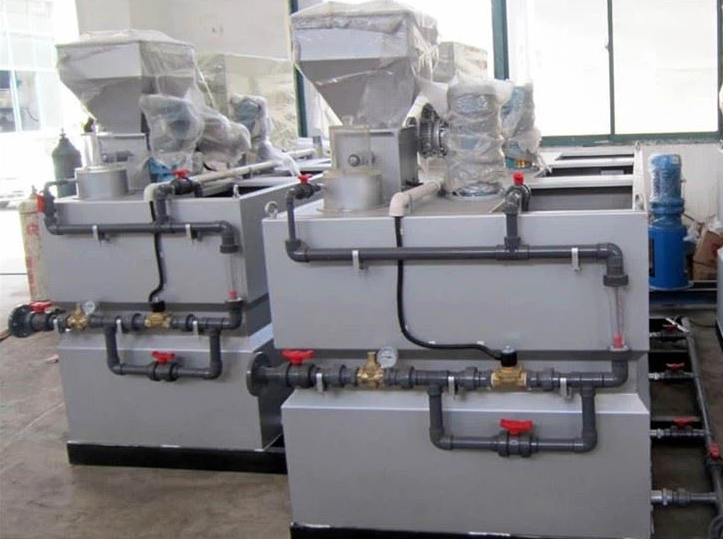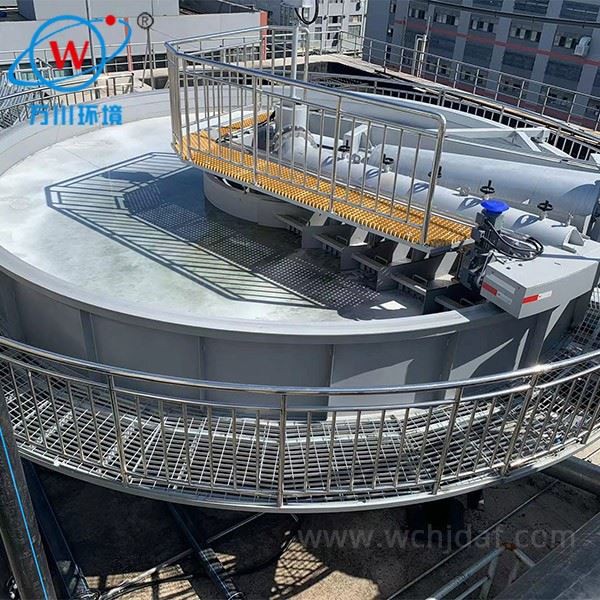Dissolved Air Flotation (DAF) Process
DAF effectively removes fats and oils from wastewater through a multi-step process based on the principles of buoyancy and physical separation.
1. Bubble Formation and Attachment
- Wastewater enters the DAF system and mixes with pressurized water saturated with dissolved air
- Pressure drop in the flotation tank causes dissolved air to form microscopic bubbles
- These bubbles attach to the fats and oils in the wastewater
2. Buoyancy and Separation
- Fats/oils become buoyant as air bubbles reduce their overall density
- Bubble-fat complexes rise to the surface forming a scum layer
- Mechanical skimmers remove the floating layer from the system
3. Chemical Enhancement
- Coagulants neutralize electrical charges on fat/oil droplets
- Flocculants help form larger, more stable aggregates
- This improves bubble attachment and separation efficiency
4. Applications
- Widely used in food processing industries
- Essential for petroleum refining wastewater treatment
- Critical component in municipal wastewater treatment plants
Through this process, DAF achieves high removal efficiencies for fats and oils in wastewater, typically removing 90-99% of contaminants.

